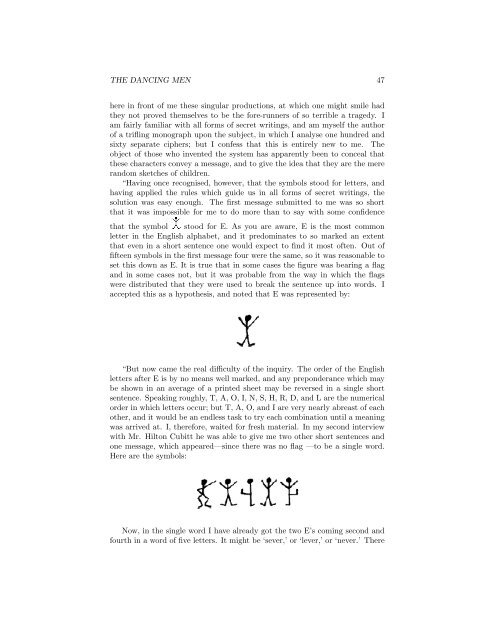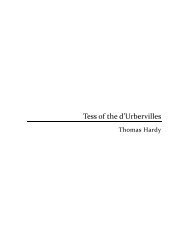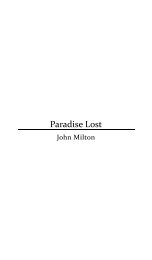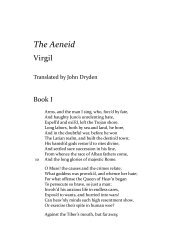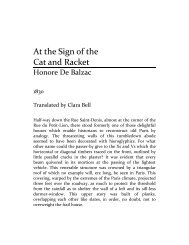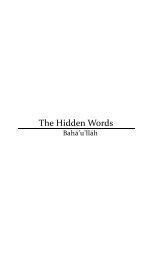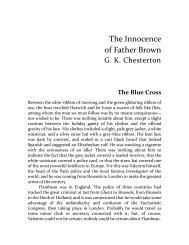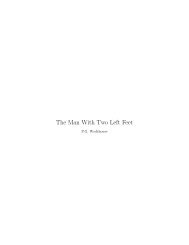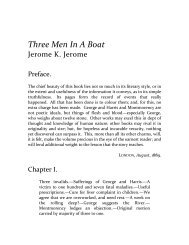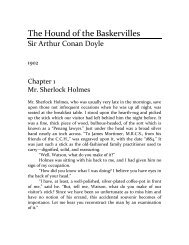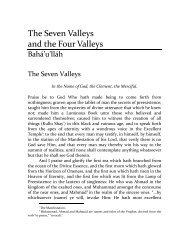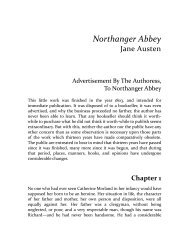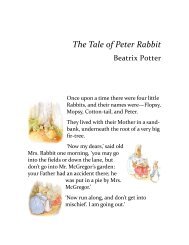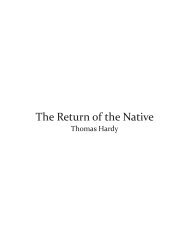Arthur Conan Doyle - The Return of Sherlock Holmes.pdf - Bookstacks
Arthur Conan Doyle - The Return of Sherlock Holmes.pdf - Bookstacks
Arthur Conan Doyle - The Return of Sherlock Holmes.pdf - Bookstacks
Create successful ePaper yourself
Turn your PDF publications into a flip-book with our unique Google optimized e-Paper software.
THE DANCING MEN 47<br />
here in front <strong>of</strong> me these singular productions, at which one might smile had<br />
they not proved themselves to be the fore-runners <strong>of</strong> so terrible a tragedy. I<br />
am fairly familiar with all forms <strong>of</strong> secret writings, and am myself the author<br />
<strong>of</strong> a trifling monograph upon the subject, in which I analyse one hundred and<br />
sixty separate ciphers; but I confess that this is entirely new to me. <strong>The</strong><br />
object <strong>of</strong> those who invented the system has apparently been to conceal that<br />
these characters convey a message, and to give the idea that they are the mere<br />
random sketches <strong>of</strong> children.<br />
“Having once recognised, however, that the symbols stood for letters, and<br />
having applied the rules which guide us in all forms <strong>of</strong> secret writings, the<br />
solution was easy enough. <strong>The</strong> first message submitted to me was so short<br />
that it was impossible for me to do more than to say with some confidence<br />
that the symbol stood for E. As you are aware, E is the most common<br />
letter in the English alphabet, and it predominates to so marked an extent<br />
that even in a short sentence one would expect to find it most <strong>of</strong>ten. Out <strong>of</strong><br />
fifteen symbols in the first message four were the same, so it was reasonable to<br />
set this down as E. It is true that in some cases the figure was bearing a flag<br />
and in some cases not, but it was probable from the way in which the flags<br />
were distributed that they were used to break the sentence up into words. I<br />
accepted this as a hypothesis, and noted that E was represented by:<br />
“But now came the real difficulty <strong>of</strong> the inquiry. <strong>The</strong> order <strong>of</strong> the English<br />
letters after E is by no means well marked, and any preponderance which may<br />
be shown in an average <strong>of</strong> a printed sheet may be reversed in a single short<br />
sentence. Speaking roughly, T, A, O, I, N, S, H, R, D, and L are the numerical<br />
order in which letters occur; but T, A, O, and I are very nearly abreast <strong>of</strong> each<br />
other, and it would be an endless task to try each combination until a meaning<br />
was arrived at. I, therefore, waited for fresh material. In my second interview<br />
with Mr. Hilton Cubitt he was able to give me two other short sentences and<br />
one message, which appeared—since there was no flag —to be a single word.<br />
Here are the symbols:<br />
Now, in the single word I have already got the two E’s coming second and<br />
fourth in a word <strong>of</strong> five letters. It might be ‘sever,’ or ‘lever,’ or ‘never.’ <strong>The</strong>re


